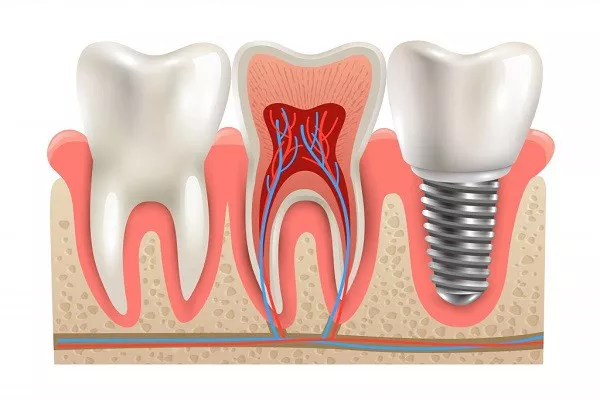It is possible for a dental filling to fall out the same day it was placed, although it is relatively rare. There are several factors that can contribute to a filling falling out, such as the size and depth of the cavity, the type of filling material used, and the skill and technique of the dentist.
One common reason for a filling to fall out is inadequate bonding between the filling material and the tooth.
This can occur if the tooth is not properly cleaned and prepared before the filling is placed, or if the filling material is not bonded to the tooth effectively. Other factors that can contribute to a filling falling out include biting down too hard on the filling before it has had a chance to fully set, or if the filling material is not strong enough to withstand the forces of chewing and biting.
If a filling falls out, it is important to contact your dentist as soon as possible.
Leaving a cavity exposed can lead to further decay and damage to the tooth, and can ultimately result in the need for more extensive dental treatment.
In some cases, a dentist may be able to repair the filling or replace it with a new one.
However, if the tooth has been significantly damaged or if the filling material was not properly bonded to the tooth, a more extensive treatment such as a crown or root canal may be necessary.
In summary, while it is possible for a dental filling to fall out the same day it was placed, it is relatively uncommon. Factors that can contribute to a filling falling out include inadequate bonding between the filling material and the tooth, biting down too hard on the filling, or using a filling material that is not strong enough to withstand the forces of chewing and biting. If a filling does fall out, it is important to contact your dentist as soon as possible to prevent further damage to the tooth.
































